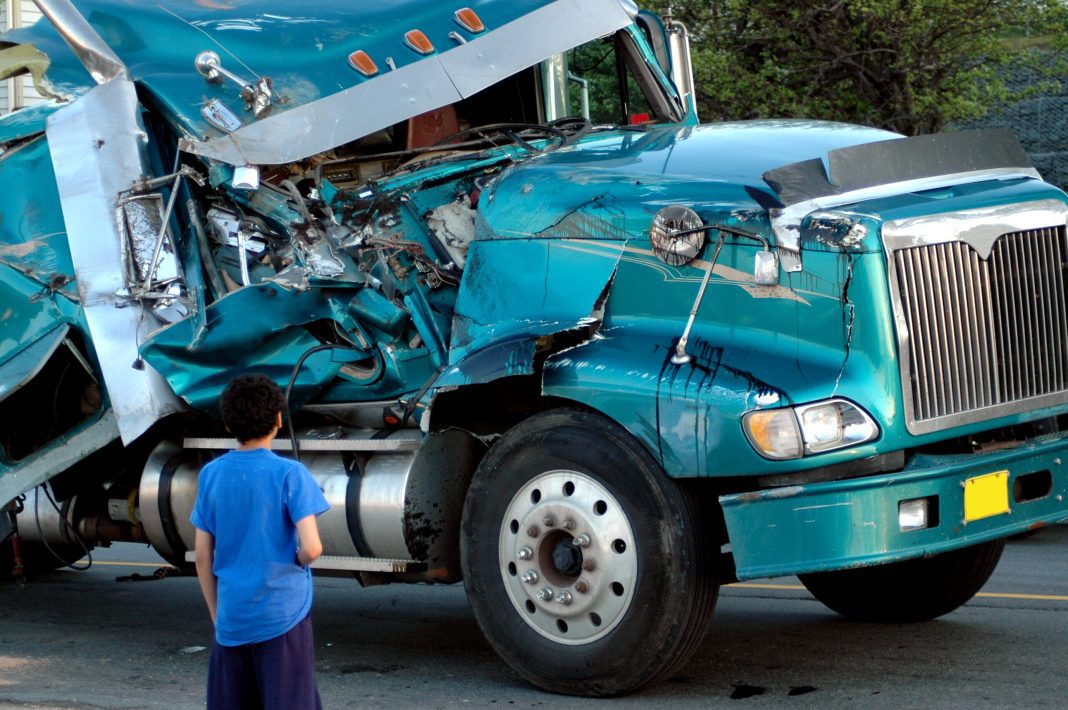By: G. Ray Gompf, CD
There seems to be many more incidents of commercial vehicles crashing into infrastructure than ever before, and more so in certain areas.
A while ago, on the Skyway Bridge in Burlington, Ontario, a truck pulling a dump trailer allegedly “accidentally” engaged the lift mechanism of the trailer, and the raised trailer struck the superstructure of the bridge closing it and Queen Elizabeth Highway for a considerable length of time. Engineers had to be called in to verify the safety of the bridge and whether it needed to be repaired as a result of this collision.
The incident resulted in a significant insurance claim, but despite an eight-digit payout, that represented zero compensation for the damage to the economy. The driver was purely negligent and suffered court penalties for his neglect, but barely in the hundreds of dollars in personal punishment. The trucking company suffered no ill effects other than having an insurance claim that raised their rates for a few years.
These types of negligent incidents are becoming more and more commonplace where either, through lack of training or lack of driver skill, there’s obviously a need for a rethink of some rules and regulations.
These incidents involving dump trucks and trailers, and auto carriers, are commonplace. But even standard sized trailers are succumbing to low bridges that are always well marked with standardized signage. Drivers must be highly aware of these dangers. It’s purely driver error when these incidents occur.
I recall one of my first times in New York State on a truck route, and there was an overpass ahead of me and the sign said 12’ 9”. Well, I knew my trailer was 13’6”. Wait, 13’6” won’t fit under 12’9”. I came to a screeching halt and a tried to figure out how I’d get turned around and over this obstacle between where I was and where my delivery was to be made. I pulled over to the side of the road, where I wasn’t blocking traffic and after about five minutes, a kind cop came along, got out of his car and knowing I was “in trouble” came to talk to me. He told me that on secondary roads in NY State, the height marking signs are one foot lower than actual. If the sign says “actual” it’s actually what the sign says. In this case I actually had sufficient clearance; however, it did bring my heart up into my mouth when I first saw the sign. I believe NY has pretty much standardized these height signs to the standardized method of measuring actual clearance of underpasses.

To hit a marked bridge is purely an act of negligence. The fines for ignoring signage are barely a deterrent for those who are obviously not aware of the height of their vehicle. If a driver doesn’t know the dimensions of the truck and trailer, then he or she has no right to hold that commercial driver’s licence designation. Driving is more than steering and shifting gears. Some drivers need to learn by court-imposed punishment. Thus, make the punishment significant enough to improve the driver’s memory forever. Fines in the mere hundreds just doesn’t cut it. Allowing these negligent ill trained commercial drivers to continue without remedial training after significant punishment is beyond irresponsible.
Editor’s Note:
In mid-December 2023, the BC gov’t made some significant changes in fines and punishments towards drivers and trucking companies for non-compliance and negligent driving. This was in response to the province having over 30 accidents involving overpasses and commercial trucks since 2021. Fines will increase from $115 to $575 for driver’s and there will be significant increases to trucking companies.


